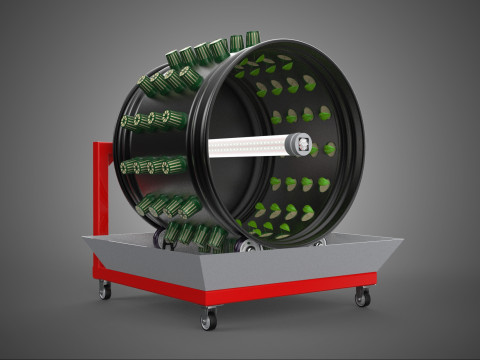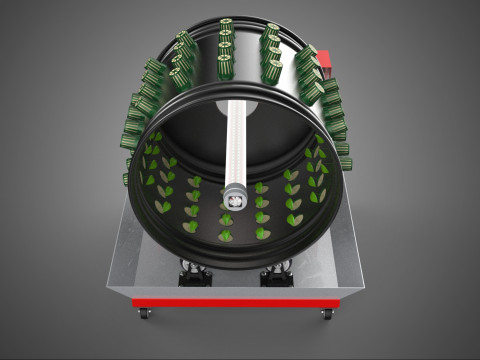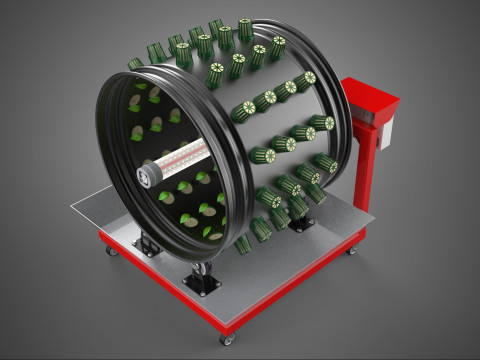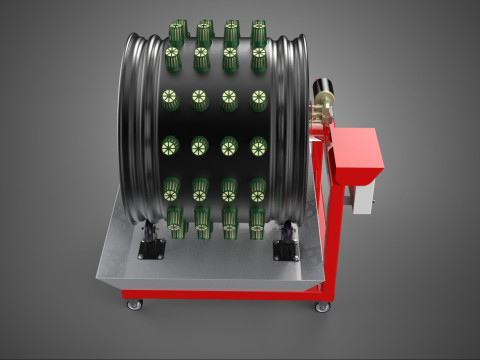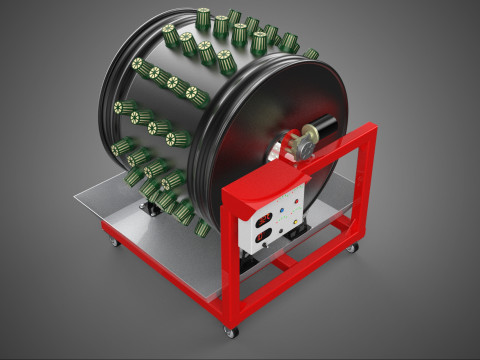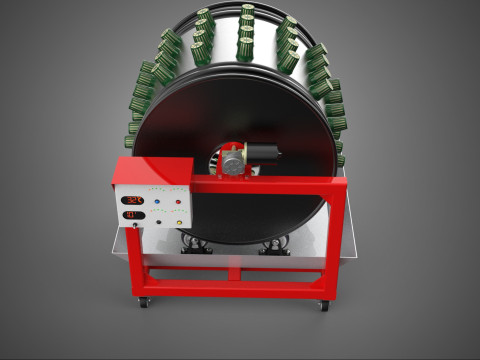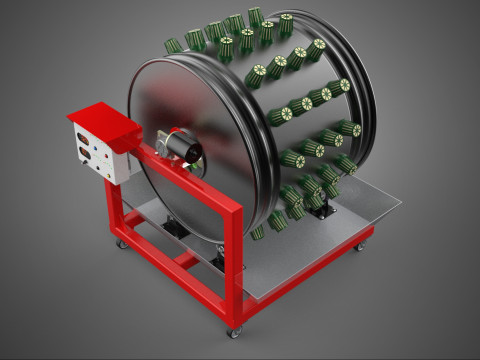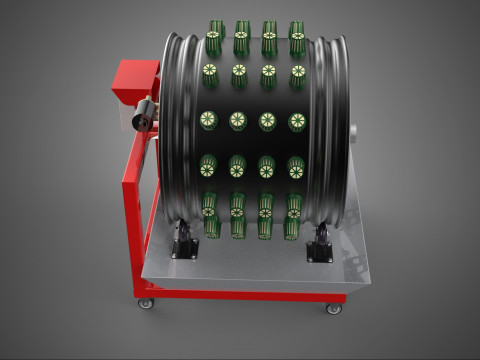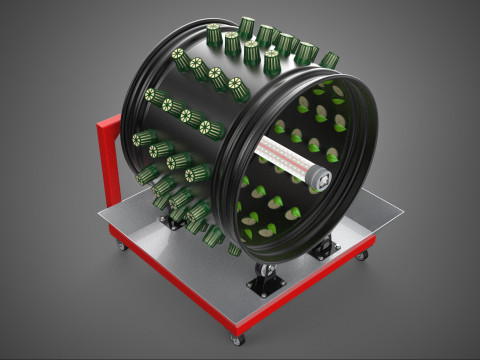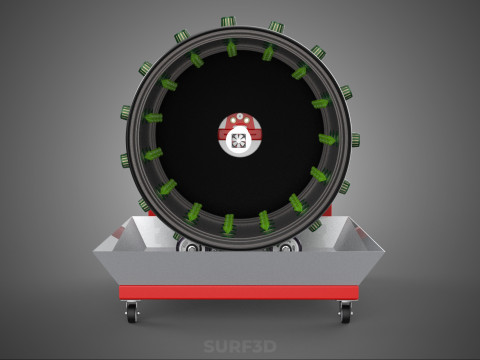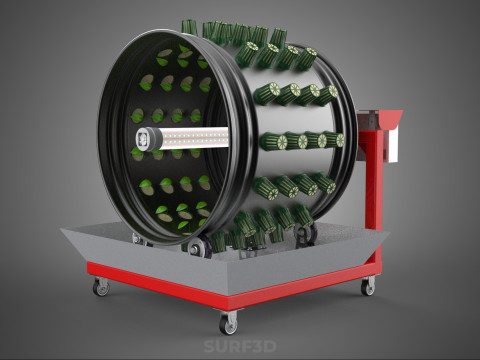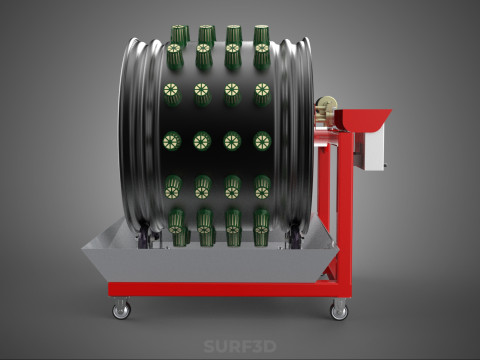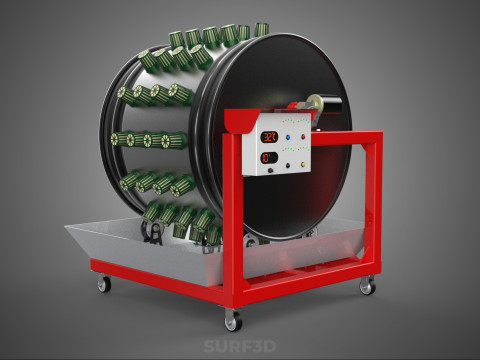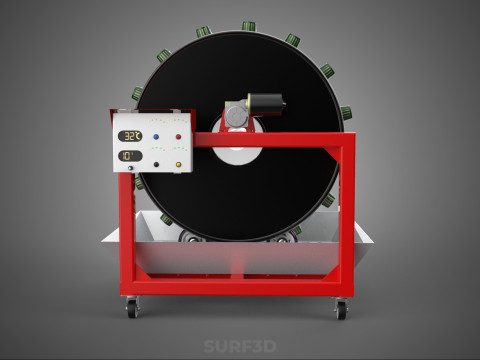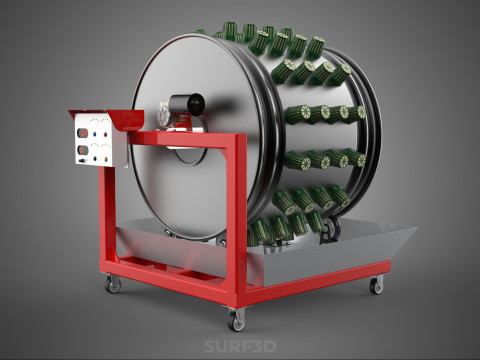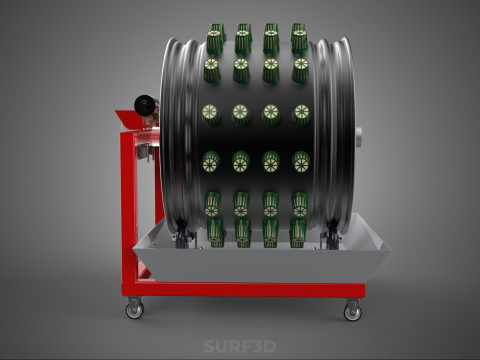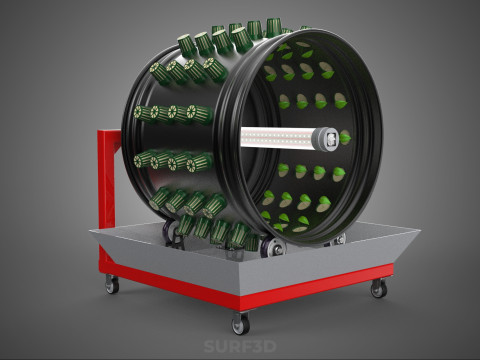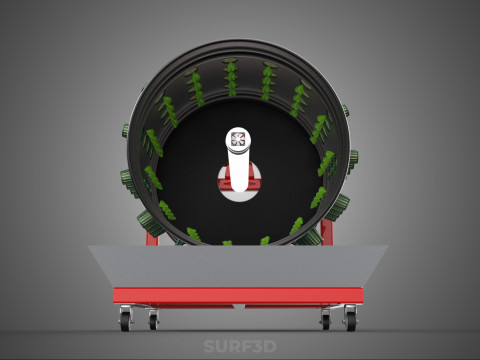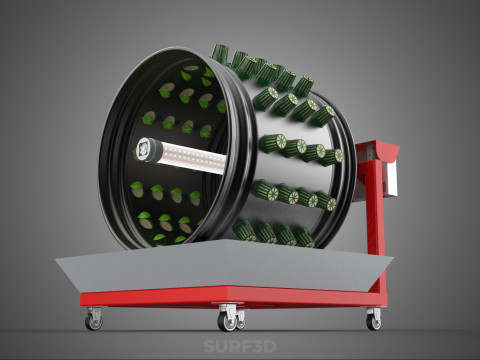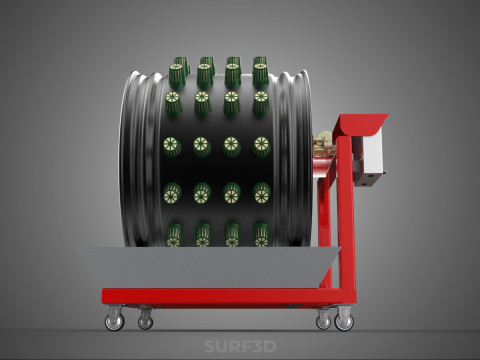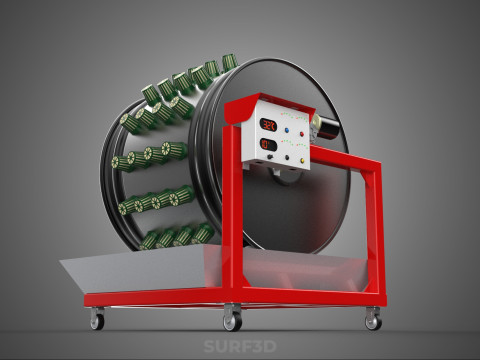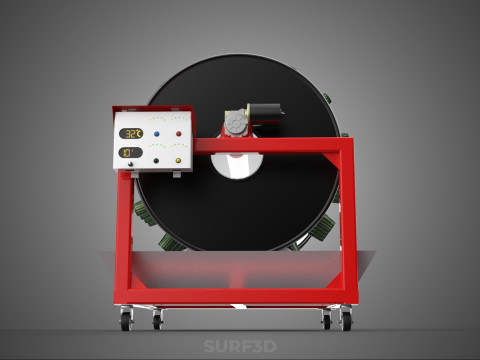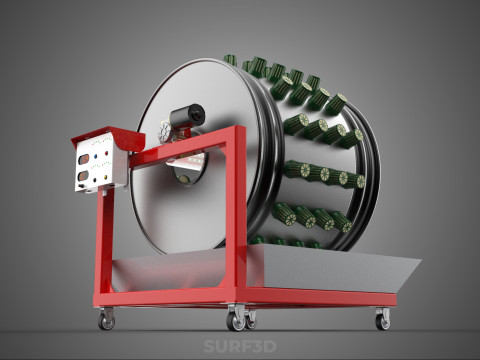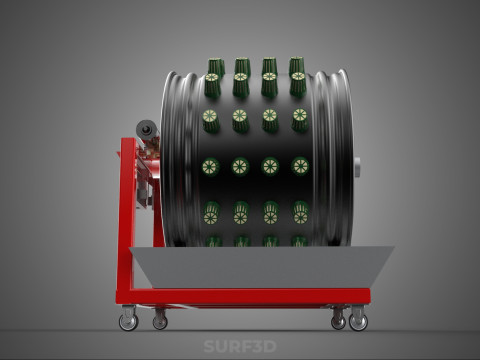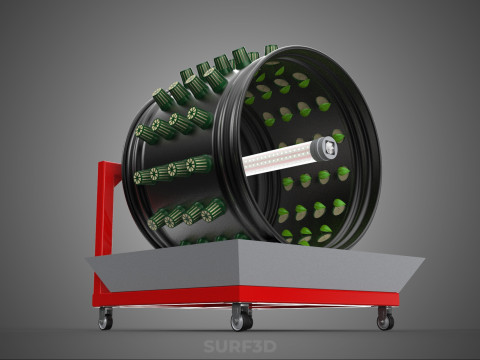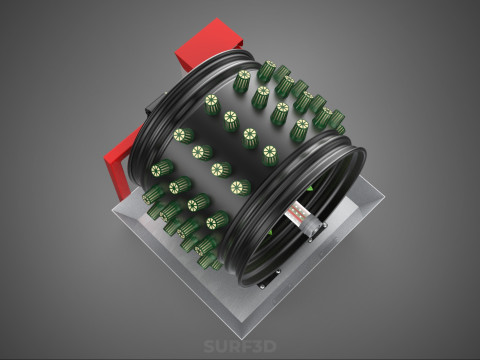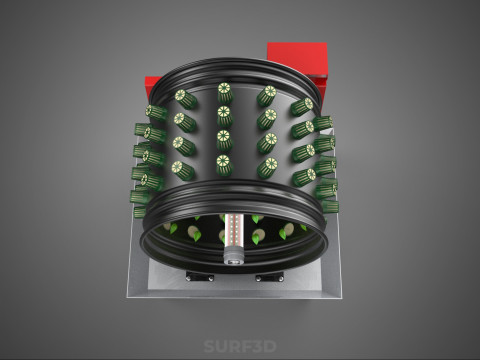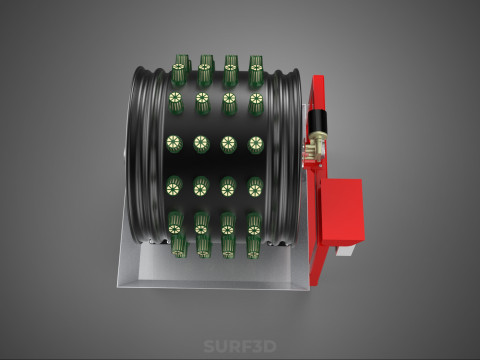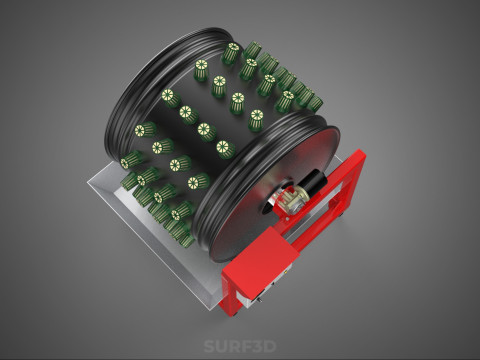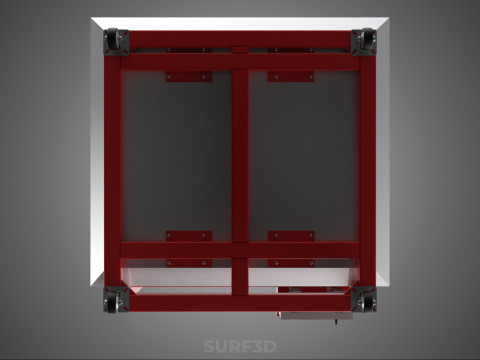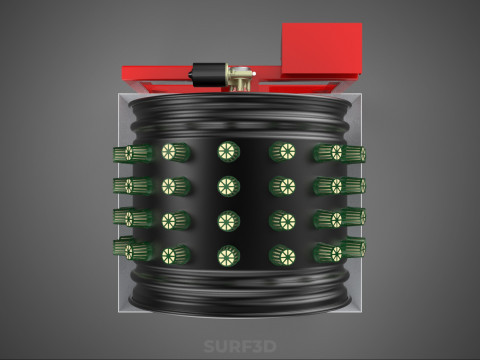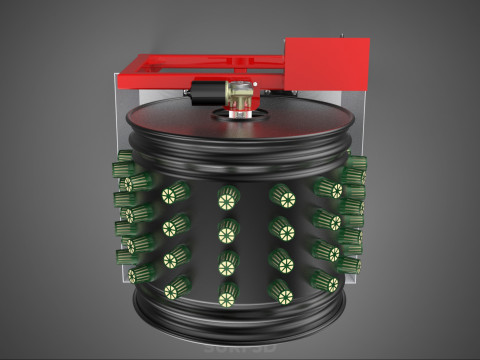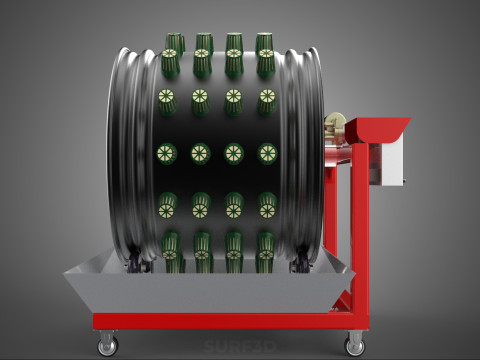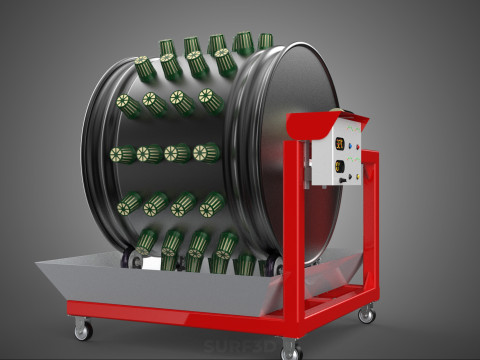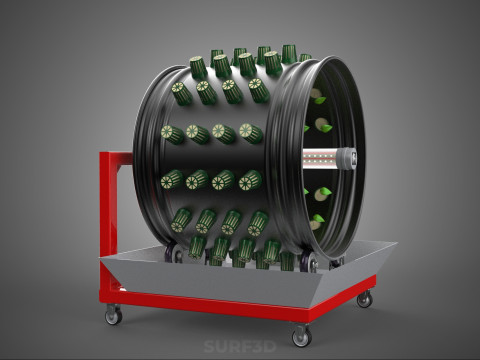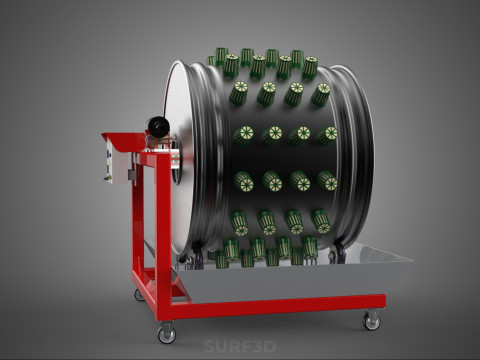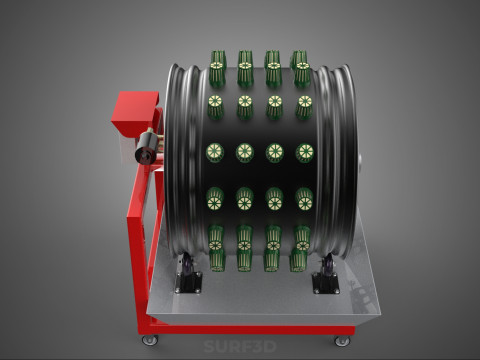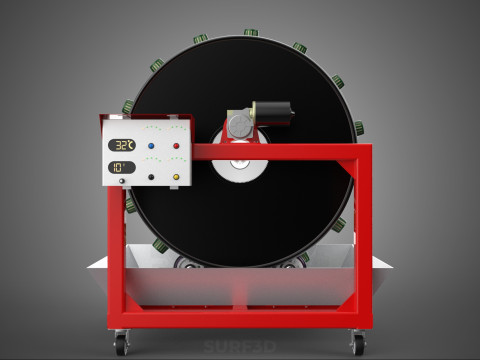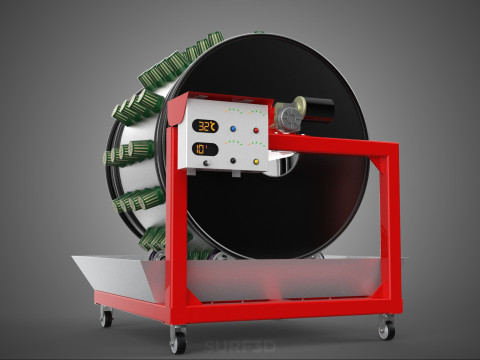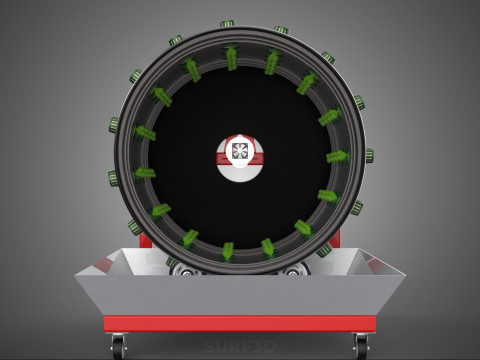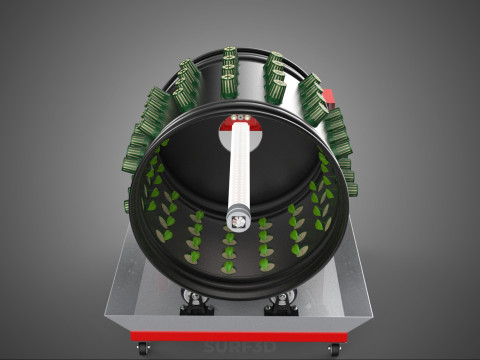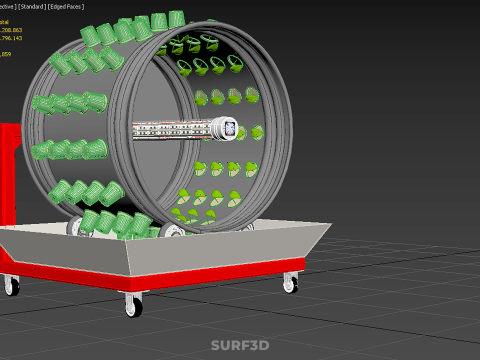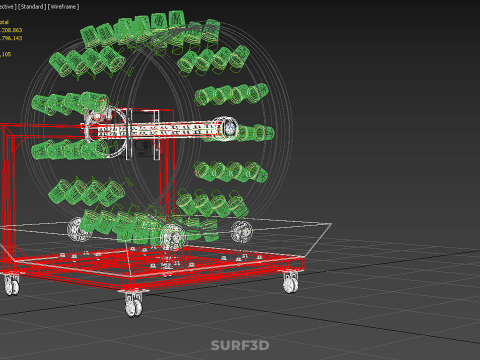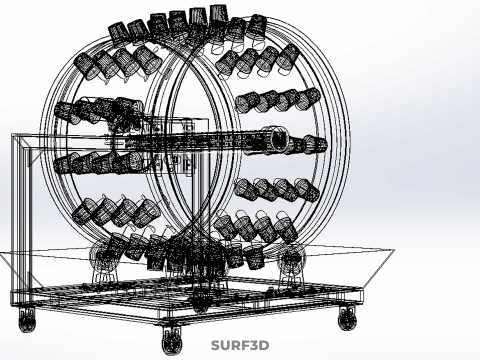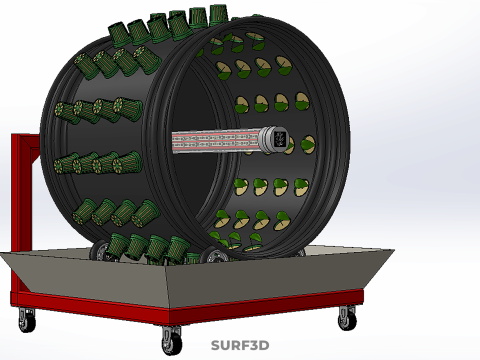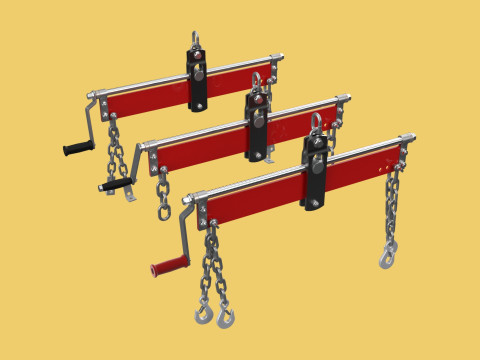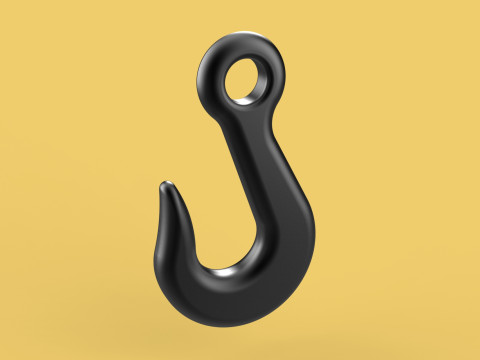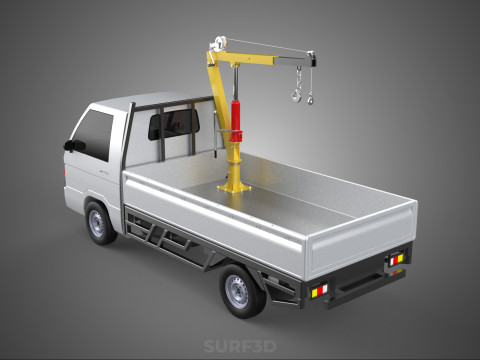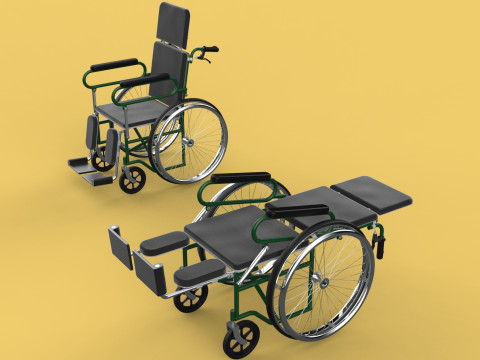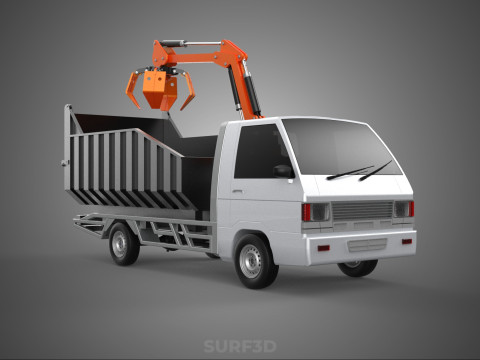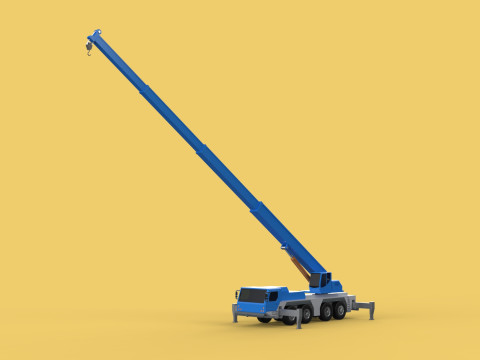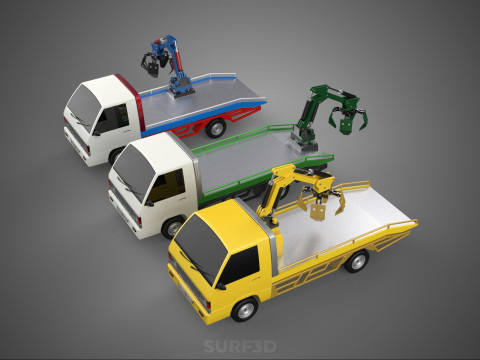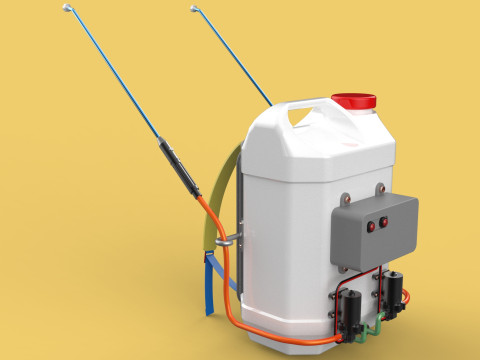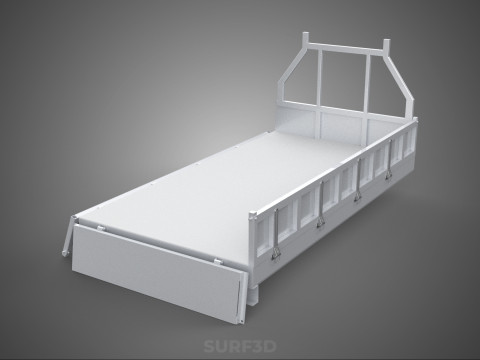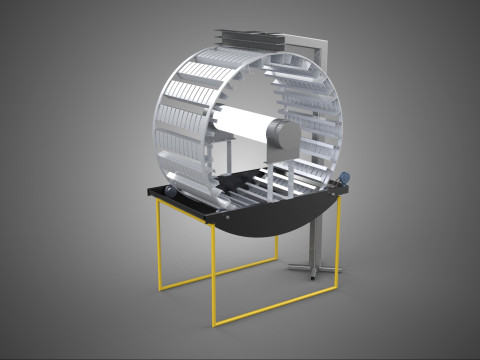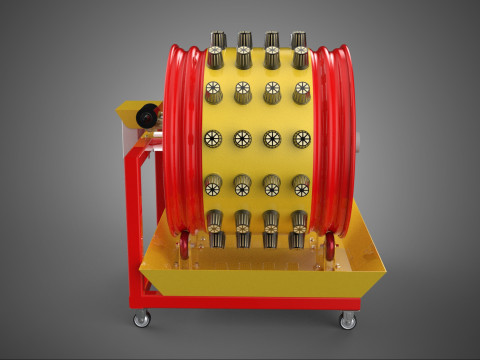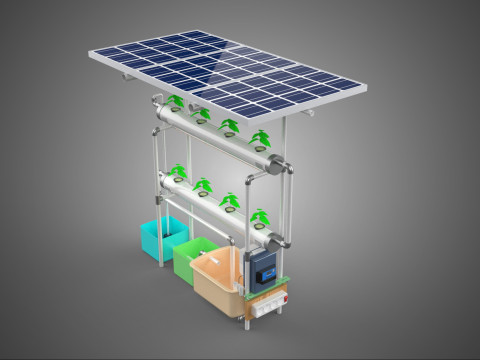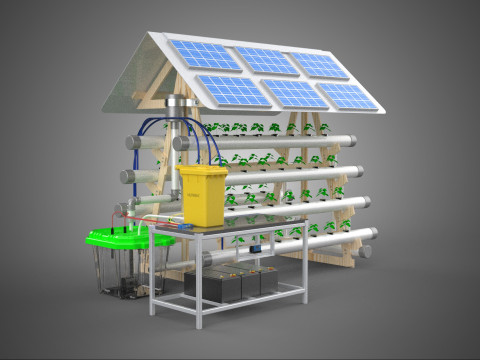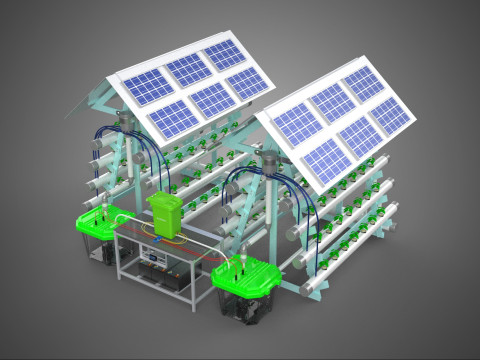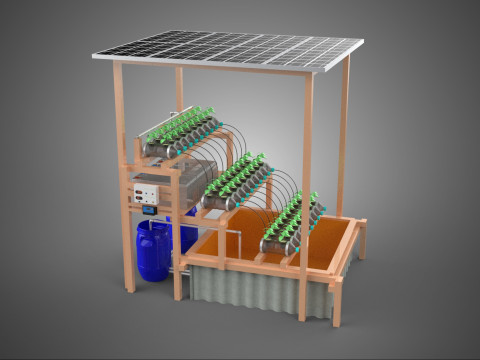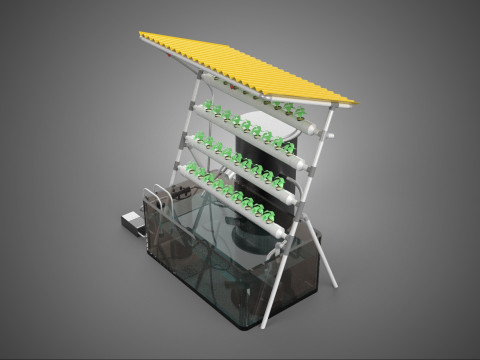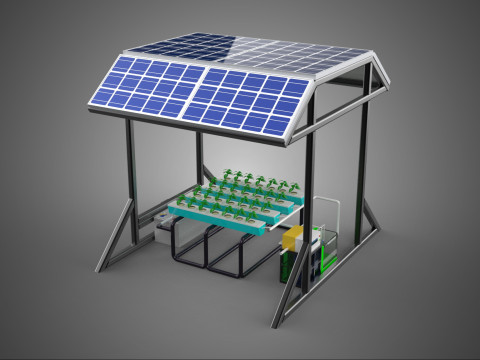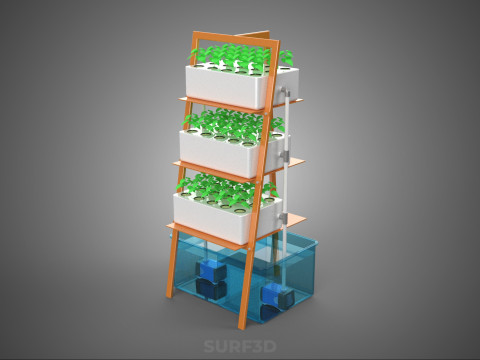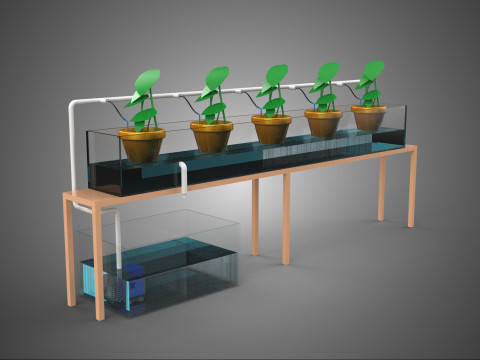GARDEN ROTARY HYDROPONIC SPIN PLANT GROW FARM CYLINDER SYSTEM UP Modèle 3D
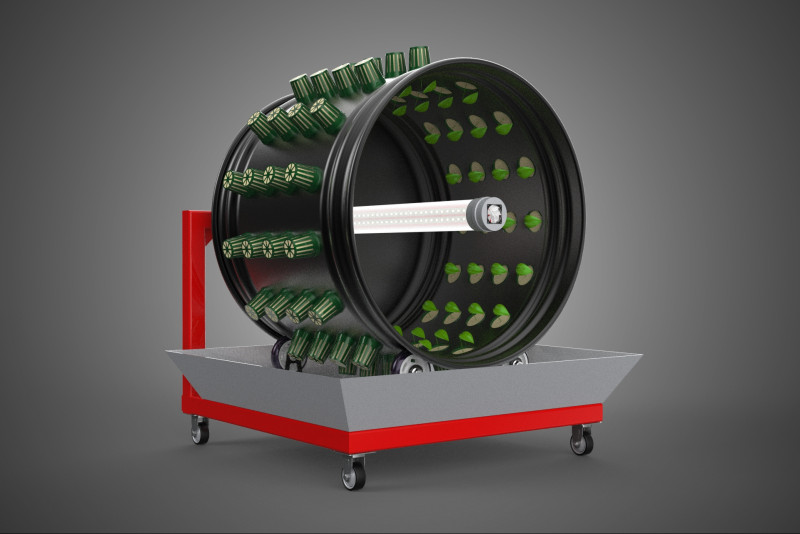
- Formats disponibles: Rhinoceros (.3dm) 10.90 MB3D Studio (.3ds) 9.19 MBBlender3D (.blend) 32.09 MBCollada (.dae) 27.66 MBAutodesk AutoCAD (.dwg) 9.74 MBAutodesk FBX (.fbx) 45.89 MBGLB (.glb / .gltf) 11.76 MBIGES (.iges) 2.53 MBAutodesk 3DS MAX (.max) 54.72 MBWavefront OBJ (.obj) 23.47 MBACIS(.sat) 22.93 MBSketchUp (.skp) 3.95 MBSTEP (.step) 2.50 MBStereolithography (.stl) 21.06 MB
- Polygones:2208863
- Sommets:1796143
- Animé:No
- Textures:No
- Installé:No
- Matériaux:
- Bas-poly:No
- Collection:No
- cartographie UVW:No
- Plugins Utilisé:No
- Prêt à imprimer:No
- 3D Balayage:No
- Contenu adulte:No
- PBR:No
- IA Formation:No
- Géométrie:Poly NURBS
- UVs non enveloppés:Unknown
- Vus:63
- Date: 2025-10-03
- ID de produit:603028
High-quality 3D assets at affordable prices — trusted by designers, engineers, and creators worldwide. Made with care to be versatile, accessible, and ready for your pipeline.
Included File Formats
This model is provided in 14 widely supported formats, ensuring maximum compatibility:
• - FBX (.fbx) – Standard format for most 3D software and pipelines
• - OBJ + MTL (.obj, .mtl) – Wavefront format, widely used and compatible
• - STL (.stl) – Exported mesh geometry; may be suitable for 3D printing with adjustments
• - STEP (.step, .stp) – CAD format using NURBS surfaces
• - IGES (.iges, .igs) – Common format for CAD/CAM and engineering workflows (NURBS)
• - SAT (.sat) – ACIS solid model format (NURBS)
• - DAE (.dae) – Collada format for 3D applications and animations
• - glTF (.glb) – Modern, lightweight format for web, AR, and real-time engines
• - 3DS (.3ds) – Legacy format with broad software support
• - 3ds Max (.max) – Provided for 3ds Max users
• - Blender (.blend) – Provided for Blender users
• - SketchUp (.skp) – Compatible with all SketchUp versions
• - AutoCAD (.dwg) – Suitable for technical and architectural workflows
• - Rhino (.3dm) – Provided for Rhino users
Model Info
• - All files are checked and tested for integrity and correct content
• - Geometry uses real-world scale; model resolution varies depending on the product (high or low poly)
• • - Scene setup and mesh structure may vary depending on model complexity
• - Rendered using Luxion KeyShot
• - Affordable price with professional detailing
Buy with confidence. Quality and compatibility guaranteed.
If you have any questions about the file formats, feel free to send us a message — we're happy to assist you!
Sincerely,
SURF3D
Trusted source for professional and affordable 3D models.
More Information About 3D Model :
A **Rotary Hydroponic Cylindrical Growing System**, often described using terms such as "Spin Plant Grow Farm Cylinder System," represents an advanced and highly efficient method of soilless plant cultivation. This innovative agricultural technology integrates the principles of hydroponics with a vertical, rotating cylindrical design to maximize space utilization, optimize plant growth conditions, and enhance resource efficiency. It is a specialized form of Controlled Environment Agriculture (CEA) designed for high-density crop production, particularly in urban environments or areas with limited arable land and water.
**Principle of Operation:**
The core operational principle revolves around suspending plants within a rotating cylindrical chamber. Typically, a central light source, often composed of energy-efficient LED arrays, illuminates the plants. As the cylinder slowly rotates, each plant is periodically brought into proximity with the light, ensuring uniform light exposure for all specimens. Simultaneously, the roots of the plants are either continuously, or more commonly, intermittently exposed to a nutrient-rich water solution. This nutrient delivery can be achieved through various hydroponic techniques adapted for the rotary design, such as a modified Nutrient Film Technique (NFT), drip irrigation, or aeroponic misting, where the roots are sprayed with fine droplets of the nutrient solution as they rotate. The rotation also contributes to improved air circulation around the plants and can aid in even moisture distribution, further supporting robust growth.
**Key Components:**
1. **Cylindrical Structure:** The primary framework, often constructed from food-grade plastics or durable metals, designed to house multiple plant modules or pockets.
2. **Plant Pods/Modules:** Individual receptacles, typically made of inert materials like rockwool, coco coir, or net pots, where plants are rooted and held in place.
3. **Nutrient Reservoir:** A tank located at the base or within the system that stores the precisely formulated water-based nutrient solution.
4. **Pumping and Delivery System:** A pump circulates the nutrient solution from the reservoir to the plant roots, often via a manifold and specialized emitters or spray nozzles.
5. **Lighting System:** High-intensity, full-spectrum LED grow lights, strategically positioned (most often centrally) to provide optimal Photosynthetically Active Radiation (PAR) to all plants as they rotate.
6. **Rotational Mechanism:** An electric motor and gear system that drives the slow, continuous rotation of the cylindrical growing chamber, ensuring all plants receive equitable access to light and nutrients.
7. **Environmental Control System:** Advanced sensors and microcontrollers monitor and regulate critical parameters such as pH, Electrical Conductivity (EC) of the nutrient solution, air temperature, humidity, and light cycles. These systems often allow for automation and remote monitoring.
**Advantages:**
* **Space Efficiency:** Dramatically increases plant density per unit of floor space, making it ideal for vertical farming in urban settings.
* **Water Conservation:** Utilizes a closed-loop recirculating system, reducing water consumption by up to 90% compared to traditional soil-based agriculture.
* **Accelerated Growth:** Optimized environmental conditions, consistent nutrient delivery, and uniform light exposure often lead to faster plant growth cycles and higher yields.
* **Even Light Distribution:** The rotational aspect ensures all plants receive consistent and uniform light intensity, preventing etiolation and promoting balanced growth.
* **Reduced Pests and Diseases:** The controlled, soilless environment minimizes exposure to soil-borne pathogens and common pests.
* **Ergonomics:** Plants are often accessible at a comfortable working height, simplifying planting, harvesting, and maintenance.
**Disadvantages:**
* **Initial Investment:** Higher upfront cost compared to conventional gardening setups due to specialized equipment and automation.
* **Technical Complexity:** Requires a foundational understanding of hydroponics, nutrient management, and system operation.
* **Energy Consumption:** Requires electricity for lighting, pumps, and the rotational motor, although LED technology mitigates lighting energy use.
* **Maintenance:** Regular monitoring of nutrient solution parameters (pH, EC), cleaning of the system, and filter replacement are necessary.
* **Crop Limitations:** Best suited for smaller, faster-growing crops such as leafy greens, herbs, strawberries, and certain smaller fruiting vegetables, rather than large root crops or trees.
**Applications:**
Rotary hydroponic cylindrical systems are increasingly adopted in urban agriculture projects, research facilities, educational institutions, commercial indoor farms, and for home gardening where space is a premium. They represent a significant step towards sustainable and localized food production, contributing to food security and reducing the environmental footprint of agriculture.
KEYWORDS: Hydroponics, Vertical Farming, Rotary System, Cylindrical Grow, Plant Cultivation, Soilless Culture, Nutrient Film Technique (NFT), Deep Water Culture (DWC), Aeroponics, Urban Agriculture, Controlled Environment Agriculture (CEA), Sustainable Farming, Indoor Gardening, LED Grow Lights, Nutrient Solution, Water Conservation, Space Efficiency, Automated System, Crop Production, High-Density Farming, Spin Farm, Vertical Garden, Plant Growth, Smart Farming, Agricultural Technology, Environmental Control, Recirculating Hydroponics, Horticultural Systems, Controlled Growing, Aeroponic Tower
Si vous avea besoin d’\autre format veuillez ouvrir un billet d’\assistance et demandez le. Nous pouvons convertir les modèles de 3D en: .stl, .c4d, .obj, .fbx, .ma/.mb, .3ds, .3dm, .dxf/.dwg, .max. .blend, .skp, .glb. Nous ne convertissons pas les scènes 3D et des formats tels que .step, .iges, .stp, .sldprt.!


 English
English Español
Español Deutsch
Deutsch 日本語
日本語 Polska
Polska Français
Français 中國
中國 한국의
한국의 Українська
Українська Italiano
Italiano Nederlands
Nederlands Türkçe
Türkçe Português
Português Bahasa Indonesia
Bahasa Indonesia Русский
Русский हिंदी
हिंदी